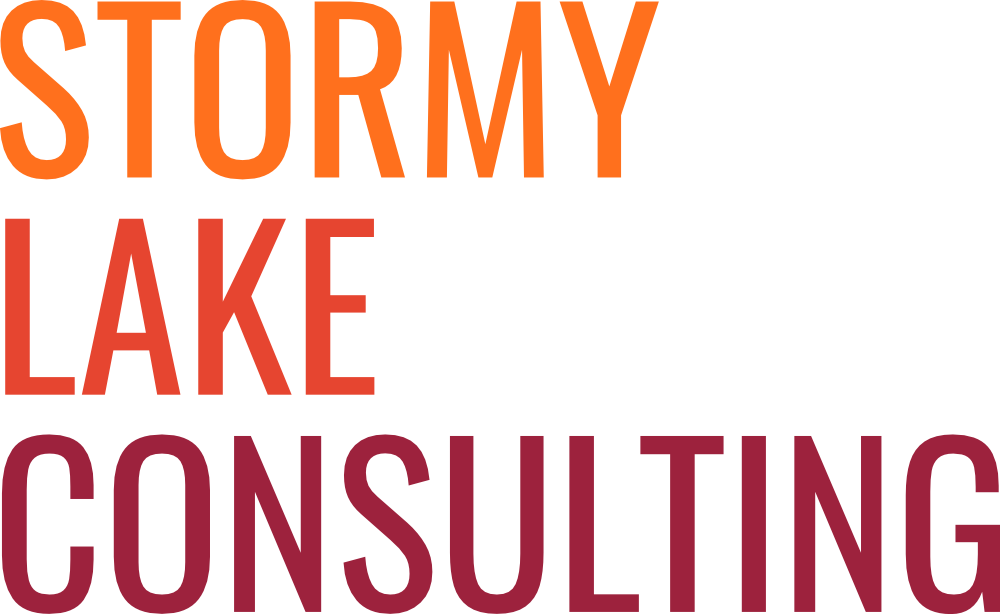The Weekly COVID Update: Teletubbies and Nobel Prizes
In 2001, television lost the Teletubbies TV series after a five-year run of squeaking, cooing optimism.
If you are a parent, you may remember it fondly for how it captivated your children while you were fleeing the room whenever it came on. (Sadly for some,) it was resurrected in 2014 and continues to air today.
But this pales in comparison to the losses we continue to face in our day-to-day lives. There are so many. Financial security, social contact, comfort in public. FOMO has become ROMO (the reality of missing out).
The calculation of loss influences our decision making and has important marketing and pandemic considerations.
In 2002, Princeton University psychologist Daniel Kahneman was awarded the Nobel Prize in Economics for his ground-breaking work applying psychological insights to economic theory, judgment and decision-making under uncertainty. Kahneman was recognized for the pioneering research he conducted with colleague Amos Tversky who died in 1996.
Their findings countered assumptions of traditional economic theory--that people make rational choices based on their self-interest--by showing that people frequently fail to fully analyze situations where they must make decisions. Instead of efficiently and accurately calculating the expected values of choices, people often make decisions using rules of thumb, and they base those decisions on factors economists traditionally did not consider, such as fairness, past events and aversion to loss.
Loss aversion is the idea that we are more averse to losing $20 than we are keen to gain $20. Over the long term, investing in stocks will usually have a higher yield than safer investments such as government bonds. With stocks however, there is a chance of coming out of the investment with less money than you put in–taking a loss. The fear of this loss drives so many investment decisions that there is a family of financial products, principal protected notes, that trade away some potential gains (and a modest fee) to remove the possibility of loss.
Marketers loved loss aversion long before Tversky and Kahneman had named it. Limited time offer! Act now or lose your chance! Understanding loss aversion can help us modify behaviour in all sorts of situations. A 5-cent discount for bringing my own bags? Meh. An extra 5 cent charge for not bringing my own bags? Outrageous! Loss aversion also helps explain feature bloat in many products. A new feature? Okay. Taking away a feature? Just who the hell do you think you are!
Loss aversion is a contributing factor to the Endowment Effect (make sure you avoid any spam with this subject line). Once we acquire an item, we endow it with more value than what we paid to get it.
Marketing campaigns such as trial periods and rebates take advantage of this principle. As we deplete the library of gentle murder mysteries on Netflix, we consider subscribing to a new streaming service. We enroll in a free one-month subscription, incorporate Amazon Prime into our nightly TV viewing and become more likely to purchase it to avoid loss we will feel if we give up the product. (Another possibility is that your partner is hooked on old episodes of Hell’s Kitchen and you don’t want them going all Gordon Ramsay on the new flat screen.)
Scaling back what we already have is an emotionally challenging decision.
This is quite evident in our COVID world. At the beginning of the crisis, we did what we had to do. In the immortal words of Dr. Bonnie Hendry in BC: Be kind. Be Calm. Be safe.
Now we are getting some of our freedoms back. Our bubbles are expanding. Our social lives are rejuvenating. We’re going out and visiting more. Like an Amazon Prime free month, we’ve been given our social lives back for a trial period.
But when COVID returns this fall, our aversion to losing our social lives again may exceed the gains in public health we would be supporting. Returning to our burrows like cute little owls may be far more difficult without the urgency and sense of dread that the pandemic had last spring.
As much as we think we know how to be safe, we cannot underestimate our aversion to the loss of our emotional freedom.
Before we get all judgy about the younger generation partying on beaches, their aversion to the loss of their social life may be paramount in their lives, far outweighing the nebulous gains of public health. We were much the same.
One way to counterbalance the loss aversion dynamic, is to make the gains more tangible. Which in many cases may mean making it more personal. To understand this, we turn to the powerful Self-Discrepancy Theory developed by Edward Tory Higgins in 1987.
We think of ourselves as three things: our actual self, the self that we “ought” to be and the self that we ideally want to be. The gaps between actual and ought self and actual and ideal self are strongly motivating in different ways.
To close the gap with who we ought to be, we are motivated to do as little as possible to make the gap acceptably small. To close the gap with who we ideally want to be, we are motivated to do as much as possible to get as close to ideal as possible.
So when our messages to youth are “you ought to be more responsible”, their motivation is minimal, likely outweighed by the potential loss of their social lives.
But when our message to youth are that they want to stay strong, be good to their grandmother, look after their friends and their families–something (or someone) real, personal and tangible. Something that that taps into our ideal self-perception, then we can resonate with them and our own peers too.
Meanwhile here’s a less cute, more delicious Burrowing Owl. Highly recommended for when we are sent back into our homes. You’ll value it more after you buy it.
Be kind. Be curious. Stay strong.



